Fairy ring mushroom is a fly killer but a great companion too
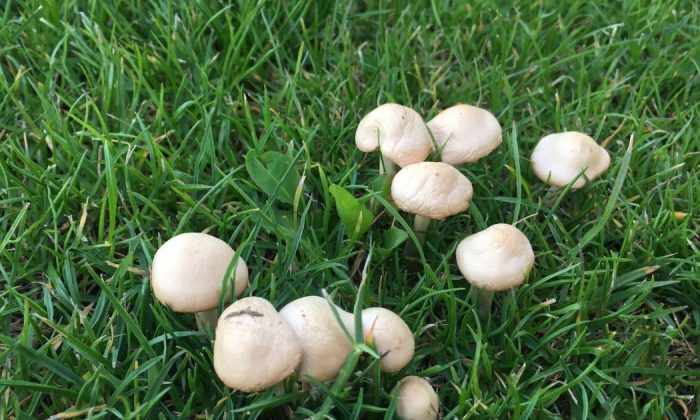
Summer is slowly starting, but the much awaited hot days are still rather far away. On the other hand, it tends to rain a lot now and the more it rains, the more mushrooms will grow. One of the most common and traditional mushrooms is clearly the fairy ring mushroom or fairy ring champignon (Marasmius oreades). This is the type you will see in your gardens most often, especially in the grass. And they seem to grow everywhere and in circle like structures. You can also find it on the banks of ponds, fields and in many other places.
What does the fairy ring mushroom look like?
Its hat (pileus) is about 1.5 to 5 cm in diameter and it is smooth and shiny when wet. The colour is usually ochre to light brown. When young the pileus is conical, later it becomes flat and then arched.The pileus is typical for its small bump in the centre. Edges are quite sharp but later they develop notches around the edge. Gills are not dense but rather thick and unevenly distributed. The stipe can grow 2 to 10 cm high but it is very thing, from 0.2 to 0.6 cm in diameter. It is cylindrical, flexible but rigid. The flesh is whitish or light brown.
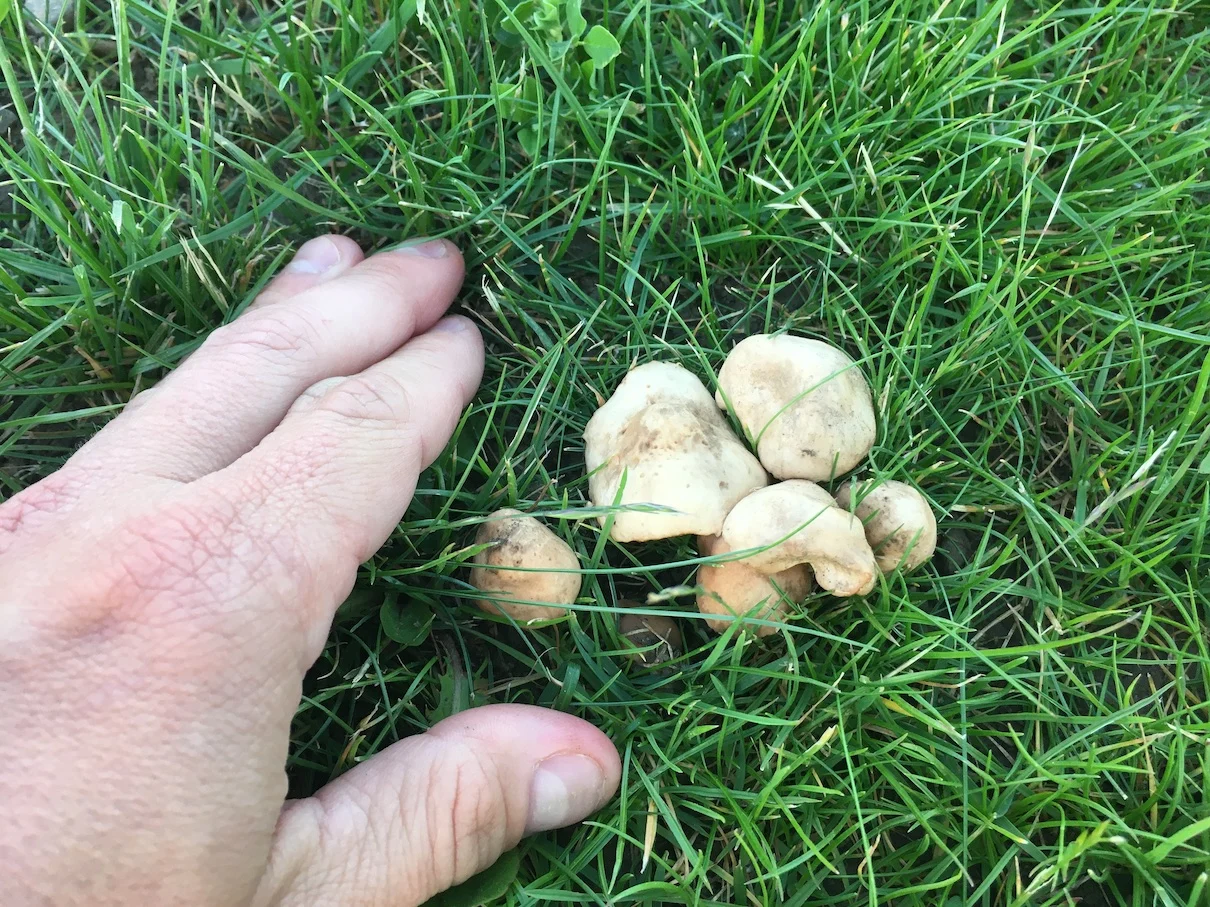
When does it grow?
Usually, from May to October and most often you will find it on lawns, in orchards, gardens or parks. Quite commonly you can find it in deciduous forests or even on rocky steppes, pastures and meadows. Well, sometimes it seems that it grows everywhere. The Fairy ring mushroom is a very traditional and ancient mushroom – you can see the typical ring colonies even around Stonehenge, which is more than 300 years old.
What can you confuse the fairy ring mushroom with?
There are several mushrooms that you can confuse with the fairy ring mushroom. The first one is (Marasmius collinus) which has denser gills and tubular stipe. It is edible. The other one is (Marasmius torquescens), which has a black stipe but is not edible or (Gymnopus dryophilus), which has a typical spicy smell and is edible. The last one is (Marasmius wynneae), which is is kind of purple and has black stipe. The good news is that it is also edible.
Photo: commons.wikimedia.org
Photo: commons.wikimedia.org
Production of hydrogen cyanide
These mushrooms propagate through a bipolar mechanism. The fairy ring mushroom breaks down humus and produces small amount of hydrogen cyanide which eliminates the occurrence of other mushrooms. If a fly gets stuck in the gills, it can die from it. However, you do not need to worry because heat treatment eliminates hydrogen cyanide.
Photo: Radek Štěpán
Great for soups
Pileuses are mainly used in kitchen because stipes are rather stiff. A very interesting fact is that dried fruiting bodies come back to life if you soak them in water again. Pileuses of the fairy ring mushroom are best in soups.
Preview photo: Radek Štěpán

Gardening is my hobby, I have a lot of experience and I am happy to share it.
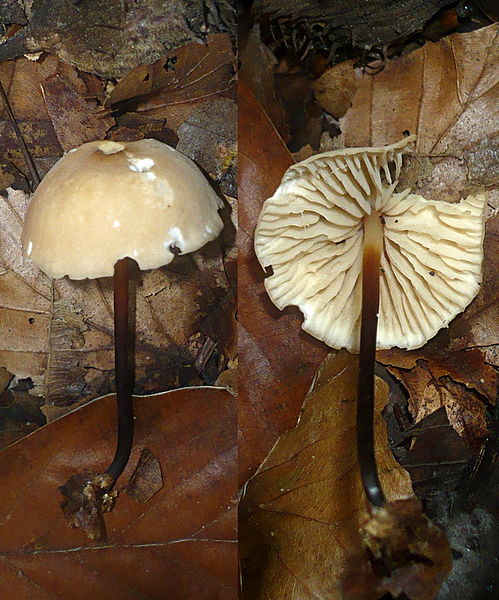
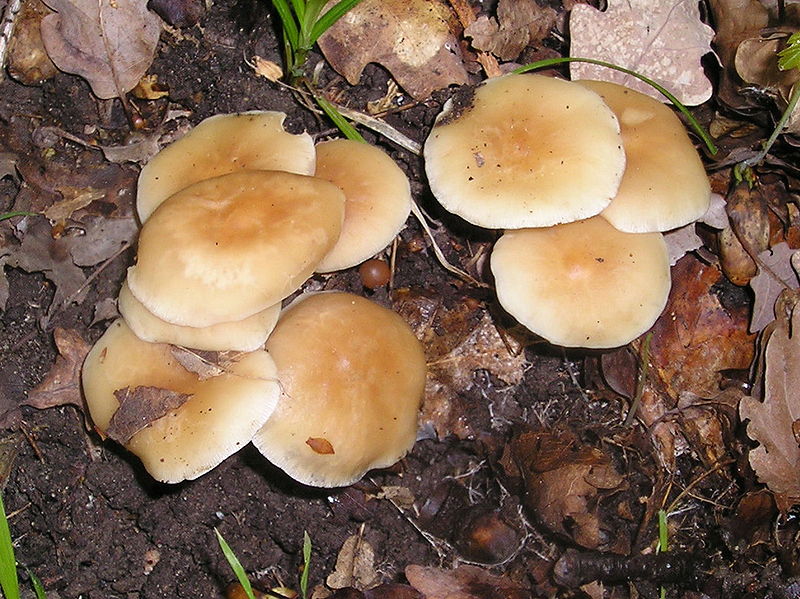
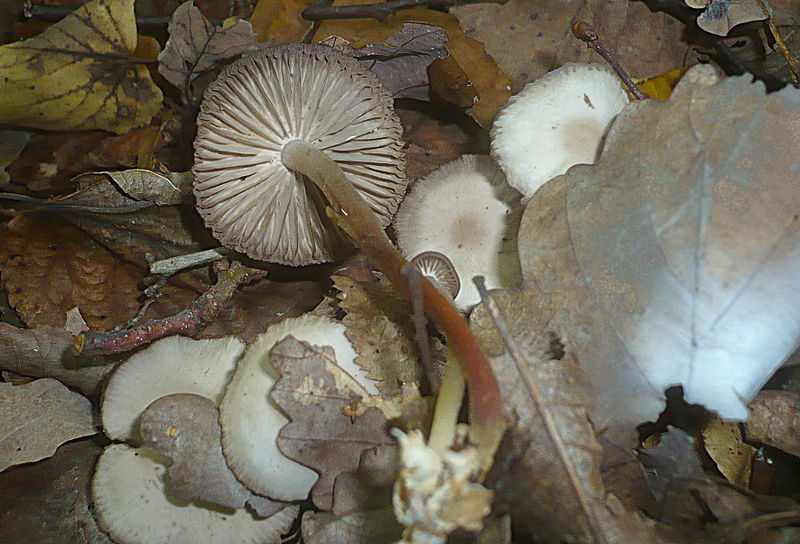
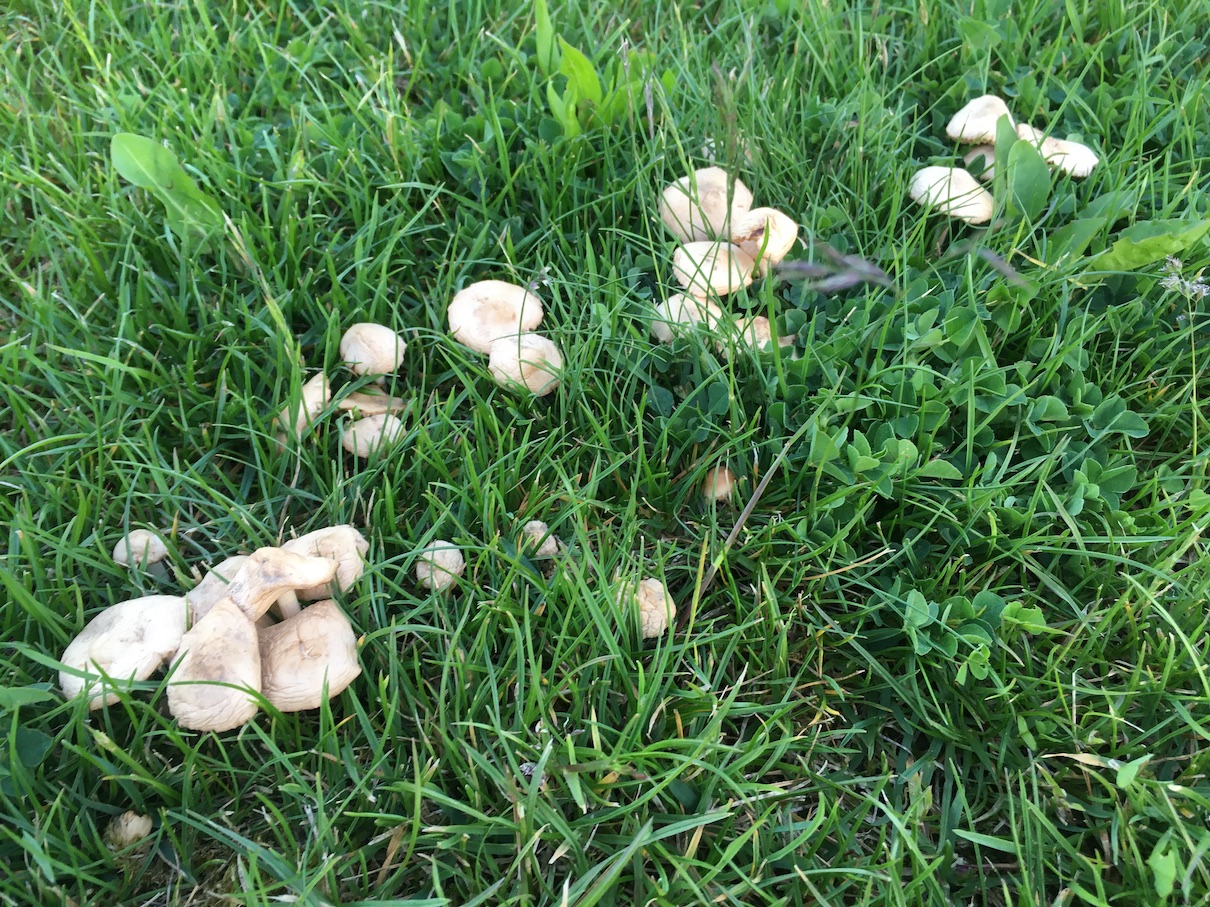


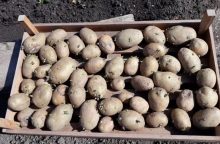


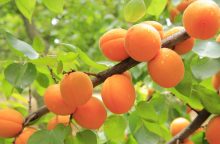

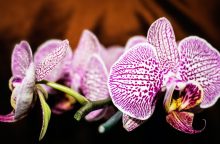
0 comments